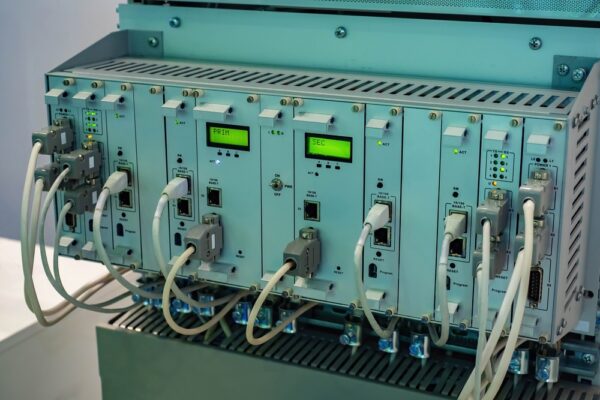The Importance of Redundancies in Manufacturing

Redundancy is an often misunderstood word with largely negative connotations. In manufacturing, it’s frequently conflated with waste. But most people don’t realize certain types of redundancy are critical for success. It’s all about having perspective.
Here’s a closer look at manufacturing redundancies, including where they appear in the production environment and how important they are for safety, reliability, and quality.
Redundancy for safety
Keeping employees safe should be everyone’s top priority on the factory floor. Unfortunately, there are lots of moving parts and pieces to contend with. While safeguards exist, it’s easy to lose track of them in a busy or distracting environment. Redundancy practices offer another layer of protection.
In manufacturing, there are countless examples of safety redundancies. One common example is lockout/tagout, which is used to prevent accidental machine startups. Requiring multiple redundant steps to confirm a machine has been fully shut down and locked out greatly reduces any chance of an accidental startup. Think of it like a car’s seatbelt and airbag — two safety measures working together to keep you safe in the event of an accident. They seem redundant until they’re lifesaving.
Ultimately, redundancy is about preparing for the worst-case scenario. By using multiple layers of safety measures, manufacturers can significantly decrease the chance of an accident.
Redundancy for reliability
Reliability is critical in any manufacturing environment. Nobody wants a system constantly breaking down and causing workflow interruptions — along with lost production opportunities due to downtime. Of course, ensuring reliability is easier said than done.
Manufacturing processes are inherently complex with lots of moving parts that can fail. By leveraging redundancies across the value stream, manufacturers can improve their system’s reliability considerably. For instance, duplicate components or backup systems can kick in when something fails to minimize the impact on production.
Reliability is often the product of preventive and proactive maintenance. But redundancy goes a long way in reducing the abruptness of sudden failures or protracted shutdowns. While it’s not a perfect solution, redundancy can make a world of difference for companies looking to maximize uptime and avoid costly disruptions.

Redundancy for quality
Quality control is essential in manufacturing. When quality is compromised, the consequences can range from a financial burden to legal liability and beyond. Redundancies for quality provide safeguards against this. By implementing multiple levels of quality checks and inspections, manufacturers can help ensure their products meet the highest standards possible.
A simple example of redundancy for quality is in the quality control process. In a bottling plant, for instance, a sensor might verify every bottle has a label when it rolls off the line. Then, a worker might spot-check every 10th case to confirm all bottles have a label. It’s an easy way to reduce the number of labeling errors.
The best part is these types of redundancies are not difficult. They’re perfect for improving your reputation and bolstering customer loyalty while minimizing liability.
Redundancy as a positive force
Although redundancy is frequently confused with waste, it’s important to consider it a positive in situations where it helps guarantee better outcomes. Whether for safety, reliability, or quality, redundancy has a critical place in manufacturing.